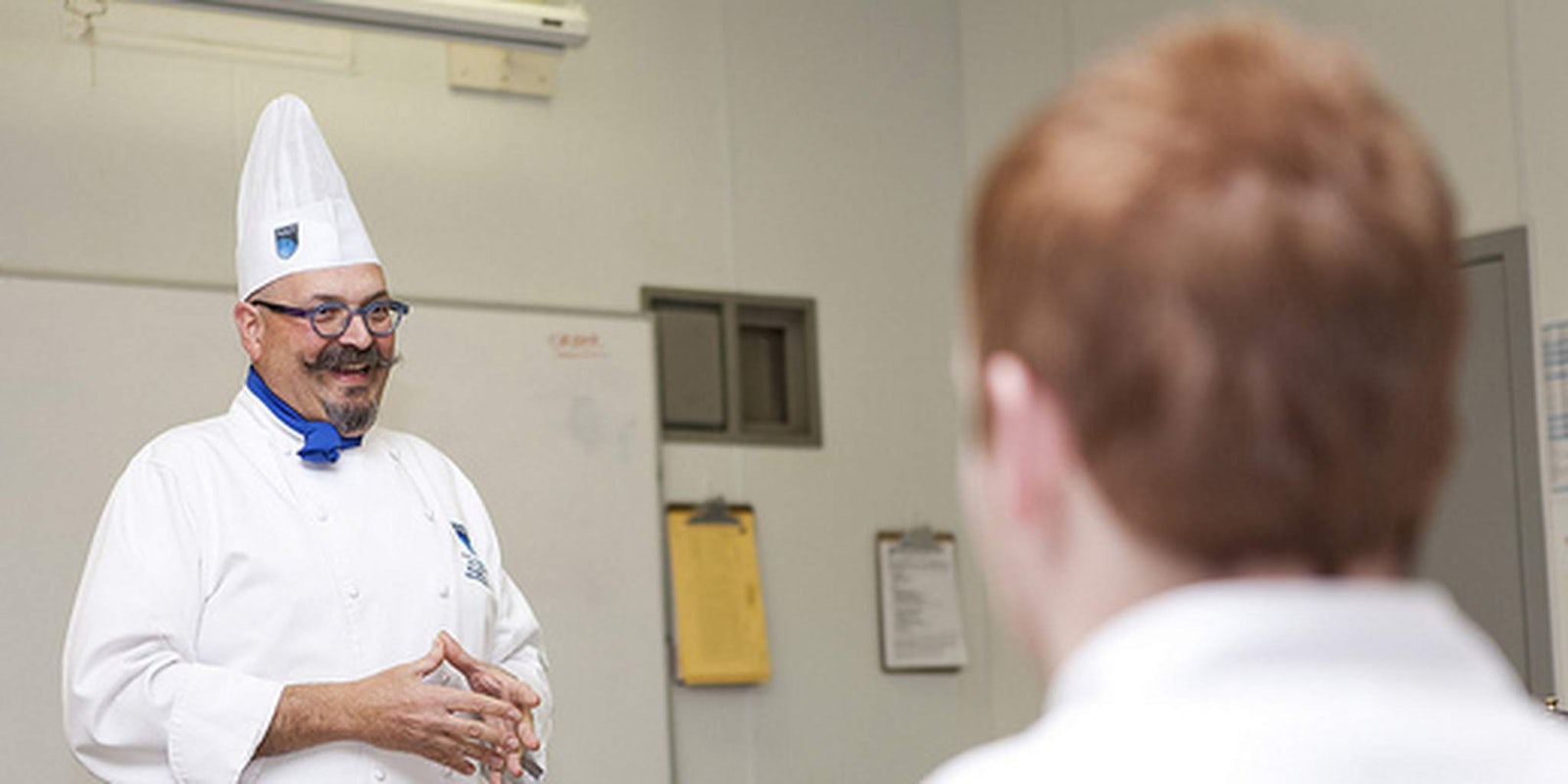Last week, at the Aspen Food and Wine Classic, a camera crew filmed a series of chefs reading negative Yelp reviews of their restaurants.
Hearing the Internet read aloud is always a trip: “The cooks are encouraged to shave their balls on the counter”; ““the bacon donut…is a fucking Krispy Kreme with bacon bits on it.”; “the glasses for the mimosas held roughly…dick”; etc.
But it’s more than that, too. The video, according to Eater, is inspired by similar efforts like the YouTube series, Real Actors Read Yelp. We seem to suffer from some almost cosmic attraction to watching real, living human beings interact with Yelp.
This is due in part, I think, to the fact that on Yelp even the positive reviews are bad.
Take for instance some lines from this review of one of my favorite restaurants, an Indian place in New York: “It’s BYOB, so can I get a wut wut?!…[There’s] a bunch of Indian dudes yelling and screaming at you in an attempt to sway you to their restaurant.”
Moreover, there are many varieties of bad. From another review of that same Indian restaurant: “Was here on a Sunday afternoon for my friends birthday. My friend loves Indian food which is not my all time favorite cause I do not stomach spicy food very well.” You see, this is a review of an Indian restaurant by someone who doesn’t like Indian food.
One could imagine the counter argument here that these reviewers are outliers. The problem with that is they are the “elite” reviewers, a distinction bestowed by Yelp on (presumably) its most reliable critics.
In other words, someone, somewhere is taking Yelp reviewers seriously–and worse, insisting everyone else should too.
In a recent essay for the Wilson Quarterly, Tom Vanderbilt asked Yelp what criteria it uses to determine which reviewers are “elite.” “We don’t share how it’s done,” a Yelp spokesperson told him. As Vanderbilt added, it was as if they were “describing the shadowy process by which Michelin inspectors are hired.”
That might be what’s so fascinating about Yelp. Unbelievably, no one on Yelp is joking.
Photo via NAIT/Flickr


